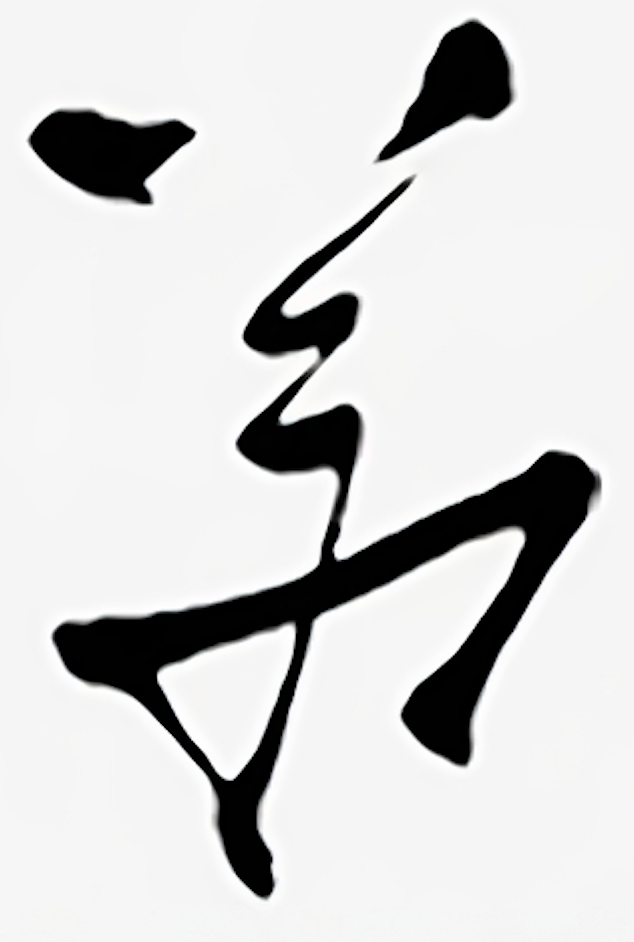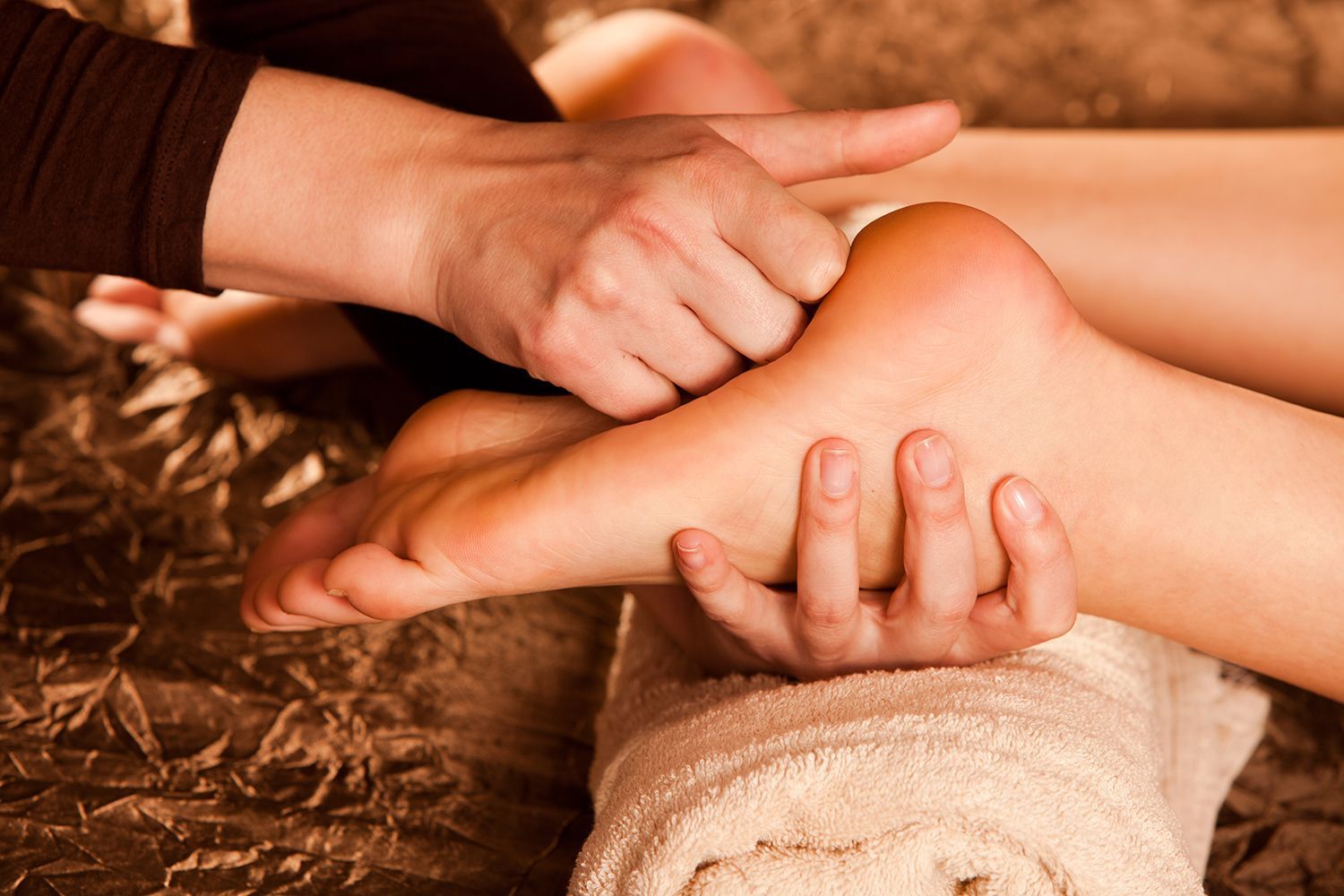As early as 1000 AD, there were many manual healing methods in Japan. Due to Chinese influence, in the form of Tuina, acupuncture, and traditional Chinese medicine, the manual methods in Japan underwent changes.
The name Shiatsu was first mentioned in "Shiatsu Ryoho," an important standard work by Tenpeki Tamai. With this naming, he distinguished his "manual method" from the traditional Japanese massage Anma. It was important for him to emphasize the therapeutic character of his Shiatsu.
Under the influence of Tokujiro Namikoshi (1905-2000), the first founder of a Shiatsu school in Japan, the Namikoshi School, Shiatsu was recognized as an independent treatment method by the Japanese government.
An important figure in the development of Shiatsu was Shizuto Masunaga. Both his father and mother practiced Shiatsu. He began assisting in his parents' practice at a young age. He came into contact with Tenpeki Tamai at the age of 14 and was one of Namikoshi's most talented students.
Building on his clinical experience and the study of ancient texts, he developed a unique form of diagnosis and expanded the course of the 12 classical meridians to the entire body. He studied psychology in Kyoto and incorporated his knowledge into his work. His style was called Zen Shiatsu, which became primarily known in the West.
Akinobu Kishi was Masunaga's first student. He developed Shinto Shiatsu, from which his own treatment method, Seiki, emerged. Other students of Masunaga included Wataru Ohashi, Pauline Sasaki, and Tomas Nelissen.
There are numerous other excellent teachers of Shiatsu who continue to develop the method and give it new forms to this day. Saul Goodman, Wilfried Rappenecker, Gabriela Poli, Peter Ittin, Bill Palmer, and many more.







